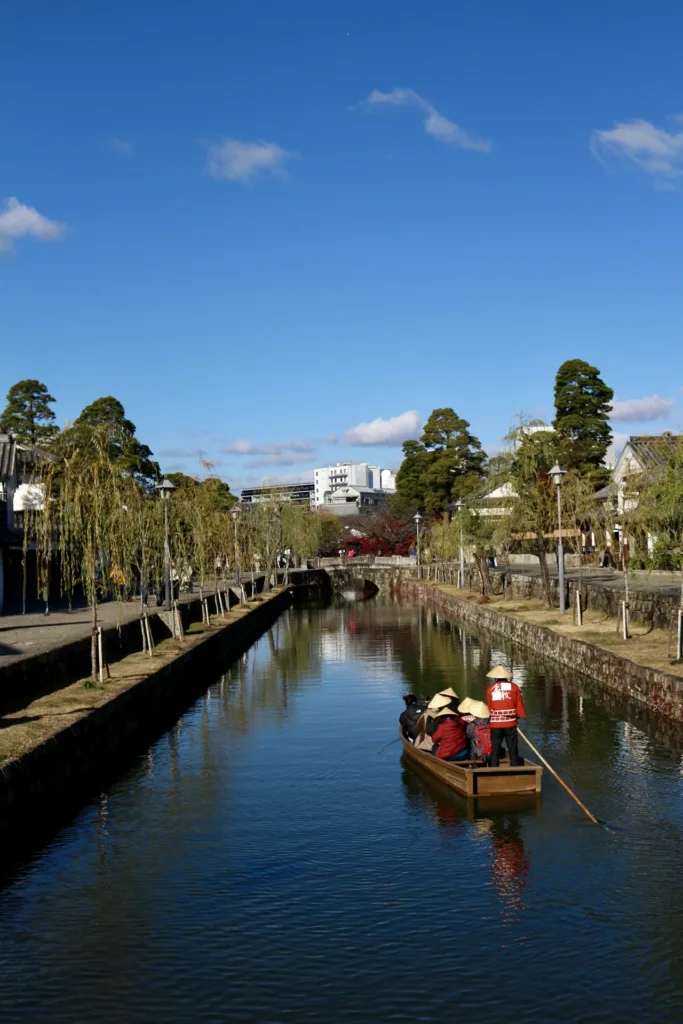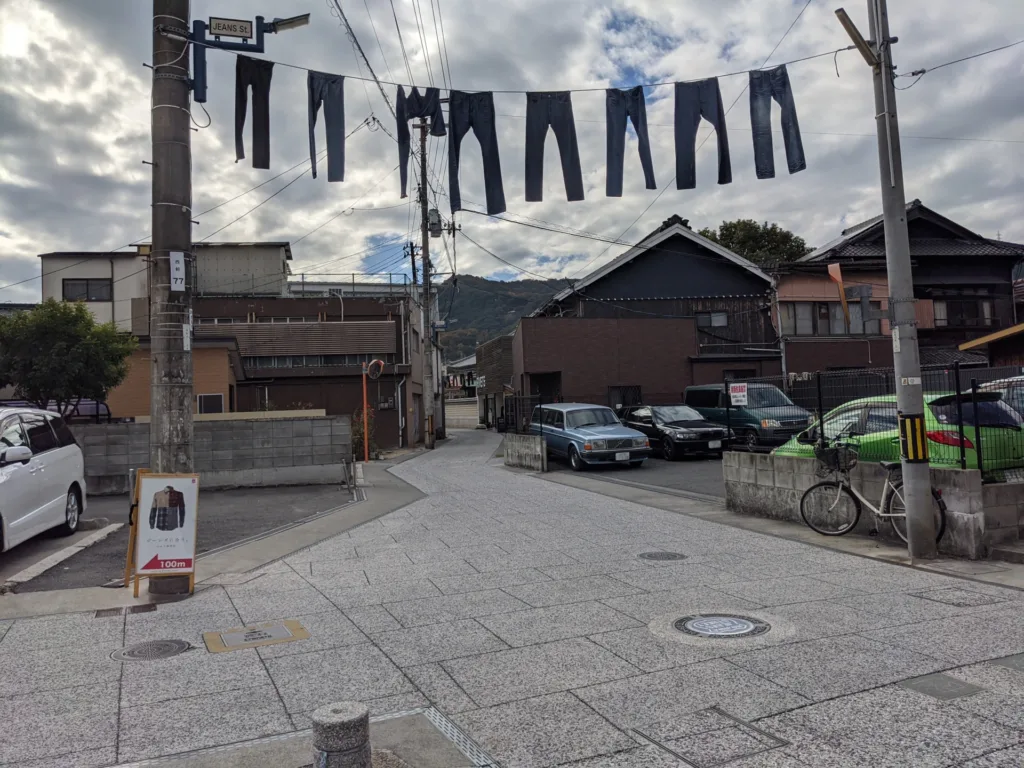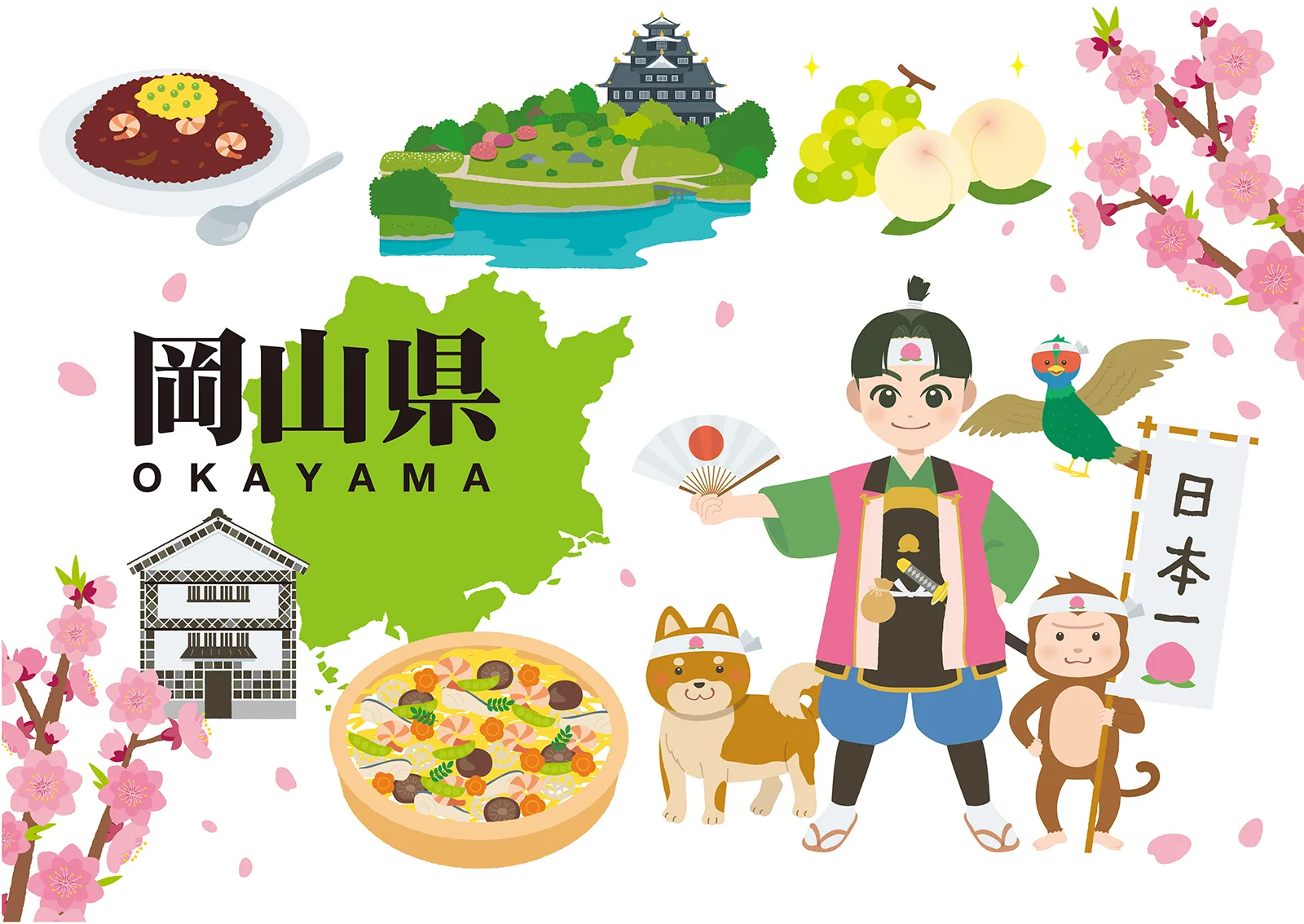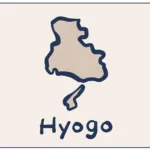Okayama Prefecture, known as the “Land of Sunshine” for its abundant sunny days throughout the year, is a captivating tourist destination blessed with a mild climate facing the Seto Inland Sea and rich natural environment. This region offers a perfect blend of historical buildings, traditional culture, beautiful landscapes, and delicious cuisine. This article introduces the most popular attractions in Okayama Prefecture for both domestic and international tourists.
- Recommended Tourist Spots in Okayama City
- The Charm of Kurashiki
- History and Legends of Kibi Road
- Scenic Spots of the Seto Inland Sea
- Traditional Culture and Crafts of Okayama
- Okayama Prefecture’s Specialty Products and Delicious Cuisine
- Model Courses for Okayama Prefecture Tourism
- Access Information
- In Conclusion
Recommended Tourist Spots in Okayama City
Korakuen Garden

Okayama Korakuen Garden, counted as one of Japan’s three great gardens along with Kenrokuen in Kanazawa and Kairakuen in Mito, is a garden designated as a Special Place of Scenic Beauty. Construction began in 1687 under Lord Tsunamasa Ikeda of Okayama domain and was completed in 1700. The garden holds historical value for preserving its Edo period appearance almost unchanged to the present day. It was designated as a “Special Place of Scenic Beauty” in 1952 and is known as a rare feudal lord’s garden in the provinces where historical transitions can be observed.
The garden is designed as a strolling garden with beautifully arranged ponds, artificial hills, and spacious lawns. Seasonal flowers bloom throughout the year, including plum blossoms, cherry blossoms, and lotus flowers, showing different expressions depending on the season. The “Fantasy Garden” event, held exclusively at night during summer and autumn, offers a completely different, magical landscape through beautiful illumination.
As it is adjacent to Okayama Castle, it is recommended to visit both together. It is one of the representative tourist destinations in Okayama Prefecture.
Okayama Castle (Crow Castle)

Okayama Castle, adjacent to Korakuen Garden, is a historic castle built by Hideie Ukita under the guidance of Toyotomi Hideyoshi at the end of the Warring States period. Its distinctive feature is the unusual pentagon-shaped foundation for the main keep. It is also known as “Crow Castle” (Ujō) because its outer walls are covered with black planking.
Unfortunately, the castle was destroyed by air raids during World War II, but its exterior was restored in 1966. Currently, the castle houses historical material exhibitions and Bizen pottery workshops. The castle offers a panoramic view of Okayama City, and it is recommended to visit it together with the adjacent Korakuen Garden.
The Charm of Kurashiki
Kurashiki Bikan Historical Quarter

The Kurashiki Bikan Historical Quarter in Kurashiki City, Okayama Prefecture, is an atmospheric district that preserves the remnants of a prosperous commercial town that flourished as a distribution center for goods during the Edo period. With its white-walled storehouses, namako walls, and willow-lined streets, this area is a popular spot for domestic and international tourists.
This district, which prospered as a tenryō (shogunate-controlled territory) during the Edo period, features buildings with impressive white walls and tiled roofs, creating a beautiful landscape along with the willow trees lining the Kurashiki River. Cafes, shops, and museums converted from traditional townhouses are scattered throughout, offering a stroll rich in historical atmosphere.
A particular highlight is the “Ohara Museum of Art.” Established in 1930 as Japan’s first private Western art museum, it houses numerous world-famous masterpieces including El Greco’s “Annunciation” and Monet’s “Water Lilies.”
The nighttime scenery with the “Kurashiki Bikan Historical Quarter Night Landscape Lighting,” produced by world-renowned lighting designer Motoko Ishii, is also a must-see. The illumination of the townscape and buildings creates a fantastical atmosphere different from daytime.
Kojima Jeans Street

The Kojima district in Kurashiki City is known as the birthplace of Japanese jeans. The street is lined with shops and cafes related to jeans, and there are factories where you can observe the manufacturing process of denim products. Workshops where you can create original jeans are also available, making it a mecca for denim enthusiasts from around the world.
History and Legends of Kibi Road
Kibitsu Shrine

Kibitsu Shrine, located in Kita Ward, Okayama City, is a historic shrine associated with the Momotaro legend. It is known as the setting for the “Tale of Ura Subjugation,” which is considered the origin of the Japanese folktale “Momotaro.”
Its characteristic feature is the main hall built in the unique hiyoku-irimoya style, a rare architectural style in Japan. The 360-meter long corridor is also impressive, creating a solemn atmosphere just by walking through it.
In late June, the hydrangeas in the shrine grounds bloom beautifully, attracting many tourists. The “Narukama Ritual,” where fortune is told by the sound of a boiling pot, is also famous and has been gathering faith from people for a long time.
Kibitsuhiko Shrine

This shrine, which enshrines Kibitsuhiko-no-Mikoto as its main deity, is believed to have an even older history than Kibitsu Shrine, though it enshrines the same deity. It is also called the “Shrine of the Rising Sun” because of its feature where the sun rises directly in front of it on the day of the summer solstice.
Kibitsu Shrine and Kibitsuhiko Shrine have a special relationship where “two magnificent shrines enshrining the same deity exist within walking distance.” Both are sacred places related to the story of Kibitsuhiko-no-Mikoto and Ura, which is considered the model for the Momotaro legend.
Setting of the Momotaro Legend

Okayama Prefecture is also said to be the birthplace of the Momotaro legend. According to the “Kibitsu Shrine Records,” the subjugation of Ura by Prince Kibitsuhiko, son of Emperor Kōrei, is considered the model for the Momotaro story.
The “oni” (ogre) in the folktale is said to be modeled after a real person named Ura, and it is said that “kibidango” (millet dumplings) got its name from a wordplay between the place name “Kibi” and the grain “kibi” (millet). When visiting the Kibi Road, it is recommended to take a journey through the settings of this legend.
Scenic Spots of the Seto Inland Sea
Washuzan Observatory

Mount Washuzan in Shimotsui, Kurashiki City, Okayama Prefecture, is a representative scenic spot in the Seto Inland Sea National Park. From the observatory near the summit of Mount Washuzan, a representative scenic spot in the Seto Inland Sea National Park and designated as a national place of scenic beauty, you can view the islands of the Seto Inland Sea and the Great Seto Bridge.
The view at sunset is especially spectacular and has been selected as one of the “100 Best Sunsets in Japan.” There are several photo spots where you can view the Great Seto Bridge, and from the most famous “Washuzan Second Observatory,” you can see the sunset beyond the Great Seto Bridge. It is also a spectacular spot where you can enjoy the illumination of the Great Seto Bridge and the factory night view of the Mizushima Industrial Complex at night.
Great Seto Bridge
The Great Seto Bridge, which connects Honshu and Shikoku, is a 9.4 km long bridge linking Kurashiki City, Okayama Prefecture, and Sakaide City, Kagawa Prefecture. It is one of the world’s largest bridges combining both road and railway, and has been selected as one of “Japan’s 20 Heritage Sites of the 20th Century.”
Recognized by Guinness World Records as the world’s longest combined road and railway bridge, this bridge creates a beautiful landscape in harmony with the island-dotted beauty of the Seto Inland Sea, showcasing not only wonderful architectural technology but also scenic beauty. The view from Washuzan Observatory is of course magnificent, but the view of the Seto Inland Sea from the bridge is also exceptional.
Traditional Culture and Crafts of Okayama
Bizen Ware

Bizen ware, produced in and around Bizen City, Okayama Prefecture, is a historic pottery counted as one of Japan’s Six Ancient Kilns. It is characterized by its simple and substantial style, warmth of the natural clay, and practicality, but its greatest feature lies in the natural changes called “yohen” (kiln effects).
The unique production method of firing at high temperatures without using glazes or applying decoration creates individual patterns where no two pieces are alike. Types of kiln effects include “goma” (sesame), “sangiri” (edge cut), “hidasuki” (fire cord), and “botamochi” (peony rice cake), which enhance the charm of Bizen ware.
The history of Bizen ware is ancient, beginning with craftsmen who produced Sue ware in the Kofun period in what is now Setouchi City, Okayama Prefecture, making it a traditional craft with over a thousand years of history. In 1982, it was designated as a Traditional Craft by the Minister of Economy, Trade and Industry, and in 2017, it was recognized as part of the Japan Heritage “Six Ancient Kilns of Japan.”
In the Imbe district of Bizen City, numerous potteries and workshops are scattered, where visitors can tour and experience pottery making. Also, every year on the third Saturday and Sunday of November, the “Bizen Ware Festival” is held, gathering numerous artists’ works in one place.
Okayama Prefecture’s Specialty Products and Delicious Cuisine
White Peaches and Grapes

Okayama Prefecture is a region so prolific in fruit production that it is called the “Kingdom of Fruits.” White peaches in particular, which were developed through breeding in the early Meiji era and began full-scale cultivation, have become a representative specialty of Okayama.
Through careful cultivation that involves bag covering of small fruits, a rare cultivation method nationwide that protects the fruits from pests, rain, wind, and direct sunlight, white peaches with thin skin, high fragrance, juicy texture, and elegant sweetness are produced.
Grape cultivation is also active, with “Muscat of Alexandria” and “Pione” being particularly famous. Since the Meiji era, masters of fruit trees have been developing techniques for growing greenhouse grapes and peaches ahead of the rest of the country. In recent years, varieties such as “Shine Muscat” and “Seto Giants (Momotaro Grapes)” have also gained popularity.
There are many cafes in Okayama City and Kurashiki City where you can enjoy sweets and parfaits made with these fruits. If you visit during the harvest season, you can also compare and taste different varieties or experience fruit picking directly at the orchards.
Kibidango

Kibidango, a representative confectionery of Okayama Prefecture, is said to have gotten its name from a wordplay between the place name “Kibi” (as Okayama Prefecture was once called the Land of Kibi) and the grain “kibi” (millet).
It is a Japanese sweet made by adding millet powder (a grain that has been eaten in Japan since ancient times) for flavoring to gyūhi, which is a mixture of rice flour, refined sugar, and mizuame (starch syrup), and then rounded into a dumpling shape. There are various manufacturers of kibidango within the prefecture.
You can enjoy a variety of flavors, from traditional ones to those with flavors like muscat, white peach, and matcha. It is also very popular as a souvenir from Okayama and can be purchased throughout the prefecture.
Local Cuisine

Okayama Prefecture also has abundant unique local cuisines. In particular, “Mamakari,” a small fish pickled in vinegar, is a representative dish widely known as a local cuisine of Okayama Prefecture. Other traditional dishes rooted in the region can also be enjoyed, such as “Hiruzen Okowa” (steamed glutinous rice with various ingredients) and “Todomese” (simmered sushi).
In recent years, “Tsuyama Hormone Udon” has also been gaining attention. It is a local gourmet dish where fresh mixed organ meats are mixed with miso or soy sauce-based sauce and grilled with udon noodles. There are over 50 restaurants serving it in Tsuyama City.
Model Courses for Okayama Prefecture Tourism
1-Day Course (Okayama City)
- Morning: Stroll around Okayama Castle and Korakuen Garden
- Lunch: Enjoy local cuisine around Okayama Station
- Afternoon: Shopping in Okayama City and fruit parfaits at cafes
2-Day Course (Okayama and Kurashiki)
- Day 1: Sightseeing in Okayama City (Okayama Castle, Korakuen Garden)
- Day 2: Stroll around Kurashiki Bikan Historical Quarter and Ohara Museum of Art
3-Day Course (All around Okayama Prefecture)
- Day 1: Okayama City (Okayama Castle, Korakuen Garden)
- Day 2: Kibi Road (Kibitsu Shrine, Kibitsuhiko Shrine)
- Day 3: Kurashiki Bikan Historical Quarter and Great Seto Bridge, Washuzan
Access Information
Access to Okayama Prefecture is very convenient. It is well-located, about 3 hours and 30 minutes by Shinkansen from Tokyo, and about 1 hour from Osaka. Okayama Airport also has direct flights from major domestic cities and can be accessed directly from overseas.
For travel within the prefecture, JR lines connect major tourist spots, and the JR Kibi Line, affectionately known as the “Momotaro Line,” is convenient for sightseeing on the Kibi Road. Using rental cars or taxis allows for more flexibility in your sightseeing.
In Conclusion
Okayama Prefecture, the “Land of Sunshine,” is a captivating tourist destination where rich nature, history, and culture merge. It is filled with attractions including beautiful seasonal landscapes, specialty fruit products, and traditional crafts. We hope this article will be helpful for your trip to Okayama. Please enjoy your journey through Okayama Prefecture with a bright and sunny feeling.
References
- Okayama Tourism WEB “Okayama Korakuen Garden” https://www.okayama-kanko.jp/spot/10001 Accessed: May 4, 2025
- Okayama City Tourism Information Site “Okayama Korakuen Garden” https://okayama-kanko.net/sightseeing/spot/108/ Accessed: May 4, 2025
- Okayama Tourism WEB “Washuzan Observatory” https://www.okayama-kanko.jp/spot/10430 Accessed: May 4, 2025
- Okayama Tourism WEB “About Bizen Ware” https://www.okayama-kanko.jp/feature/bizenyaki/1 Accessed: May 4, 2025
- Press Release “Now in Season! Thorough Explanation of White Peaches & Grapes Boasted by Fruit Giant Okayama Prefecture” https://prtimes.jp/main/html/rd/p/000000446.000023972.html Accessed: May 4, 2025
- Jalan News “【Okayama】8 Recommended Shops for the Standard Souvenir ‘Kibidango’!” https://www.jalan.net/news/article/585129/ Accessed: May 4, 2025
- Okayama Prefecture Bizen Ware Toyu-kai Cooperative “About Bizen Ware” https://touyuukai.jp/history.html Accessed: May 4, 2025



コメント